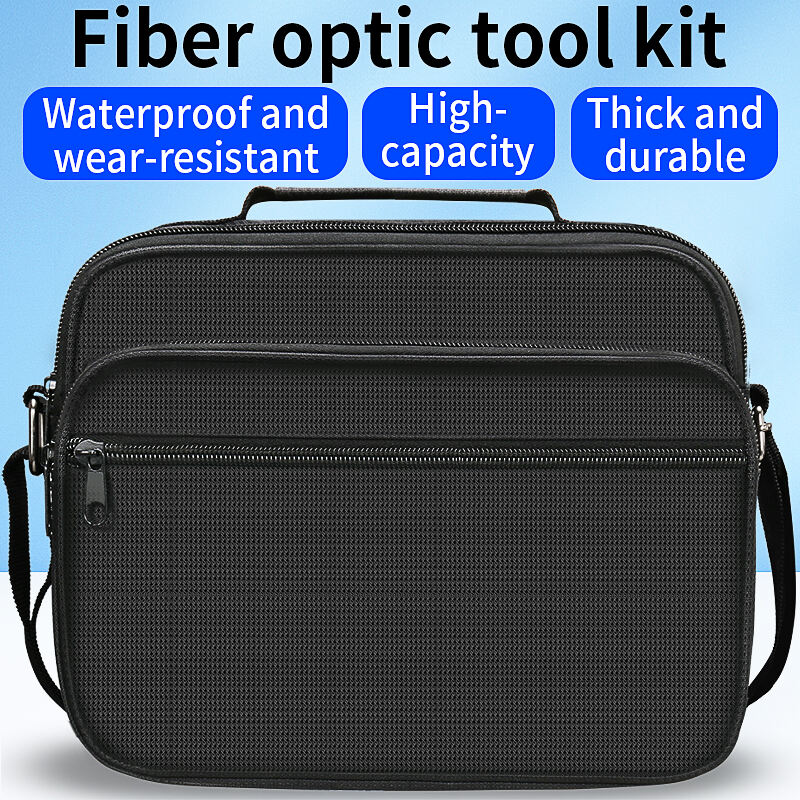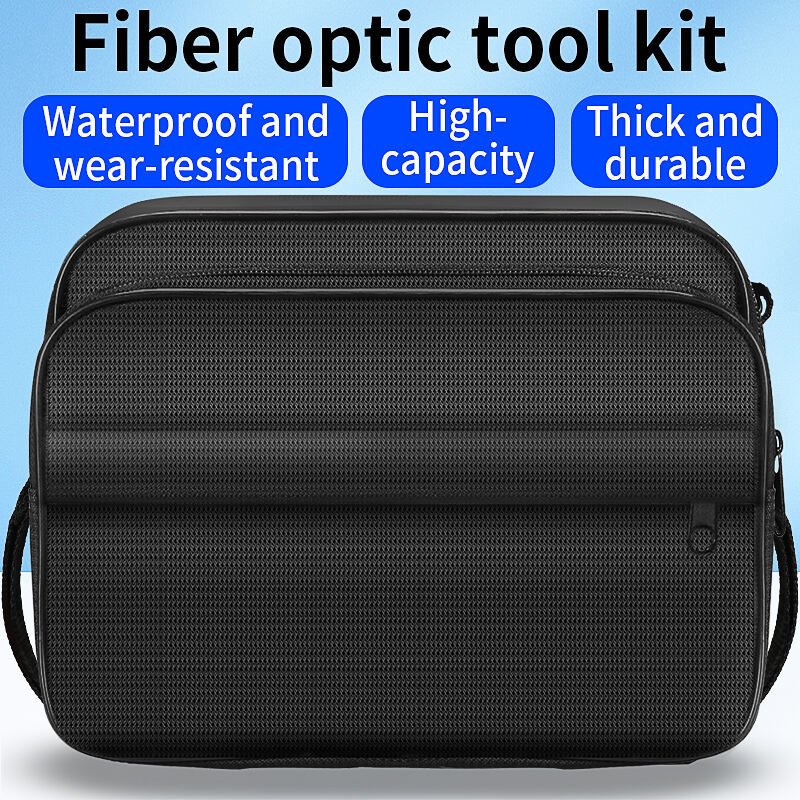fiber optic tester otdr
A fiber optic tester OTDR (Optical Time Domain Reflectometer) is an advanced diagnostic device essential for testing and maintaining fiber optic networks. This sophisticated instrument works by sending light pulses through optical fibers and analyzing the returned signals to measure various characteristics of the fiber optic cable. The OTDR precisely detects and locates faults, splices, connectors, and other events along the fiber length, providing detailed information about signal loss and distance measurements. The device displays results in an easy-to-interpret graphical format, showing the fiber's complete signature including attenuation, return loss, and reflective events. Modern OTDR units feature high-resolution touchscreens, intuitive interfaces, and advanced testing capabilities that can measure both single-mode and multimode fibers. They often include built-in analysis software that automatically identifies potential issues and generates comprehensive reports. The tester's capability to perform non-destructive, one-ended testing makes it an invaluable tool for both installation and maintenance phases of fiber optic networks. These devices are designed with various dynamic ranges and dead zones to accommodate different testing scenarios, from short-distance enterprise networks to long-haul telecommunications lines.


